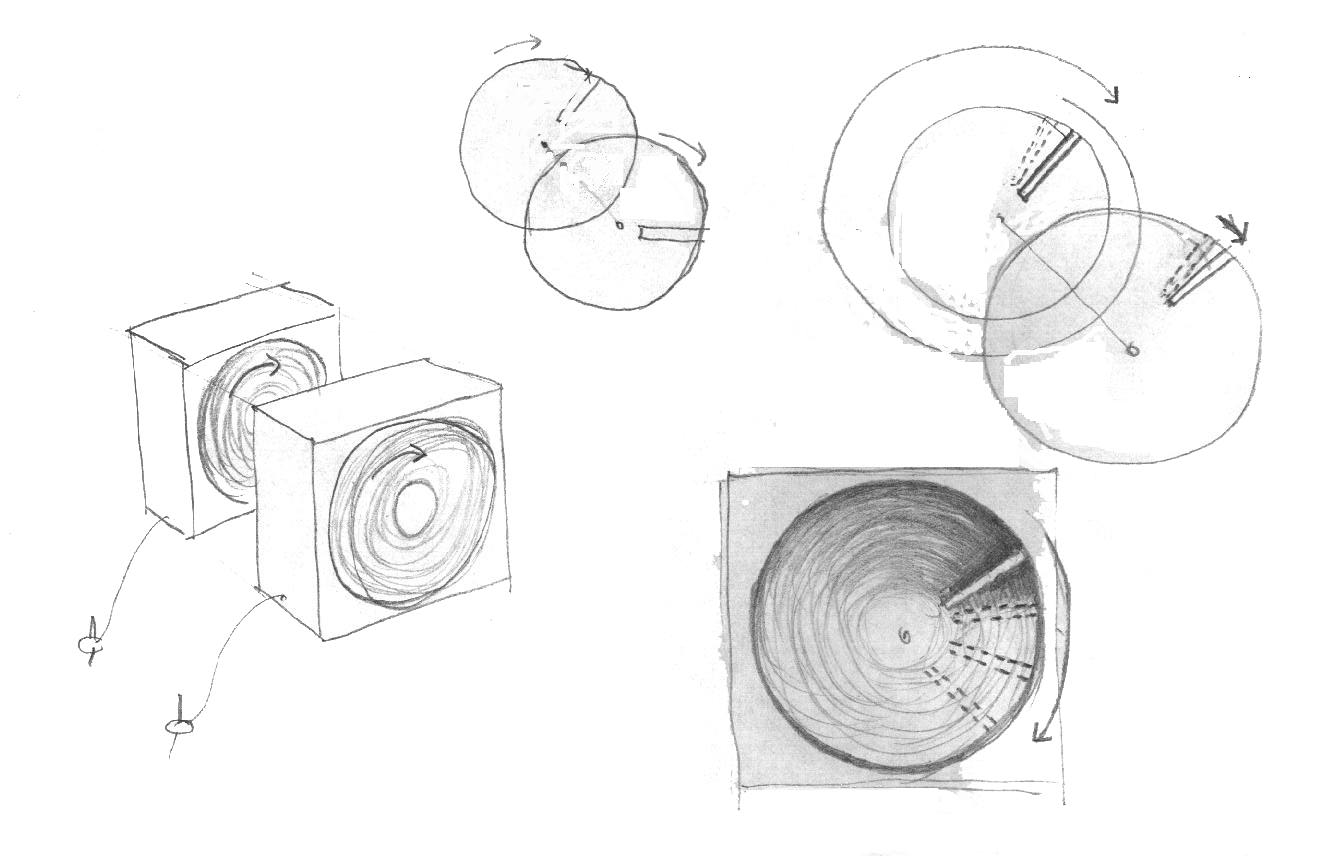
6th international Vilém Flusser symposium
| Intersubjectivity: | media metaphors, play & provocation |  |
6th international Vilém Flusser symposium |
Attila Csörgő"Hole-Time"
Péter Kiss "Event Summary: Sum-Over History"
János Sugár"Monstrance Model: Narcissus in the Black Hole"




requirements
| Intersubjectivity: media metaphors, play & provocation Advisory Committee: László Beke, director, Műcsarnok; Wolfgang Meissner, director, Goethe-Institut Budapest; Matthias Müller-Wieferig, Goethe-Institut Budapest; Miklós Peternák, chair of the board, C3; Zoltán Sebôk, theoretician; J.A.Tillmann, theoretician; Organizers:Suzanne Mészöly, program director C3 Ágnes Veronika Kovács , program coordinator C3 Adele Eisenstein, program coordinátor C3 See the Goethe-Institut Budapest website on Flusser Symposium: http://www.goethe.de/ms/bud/depsymp.htm |